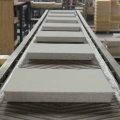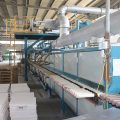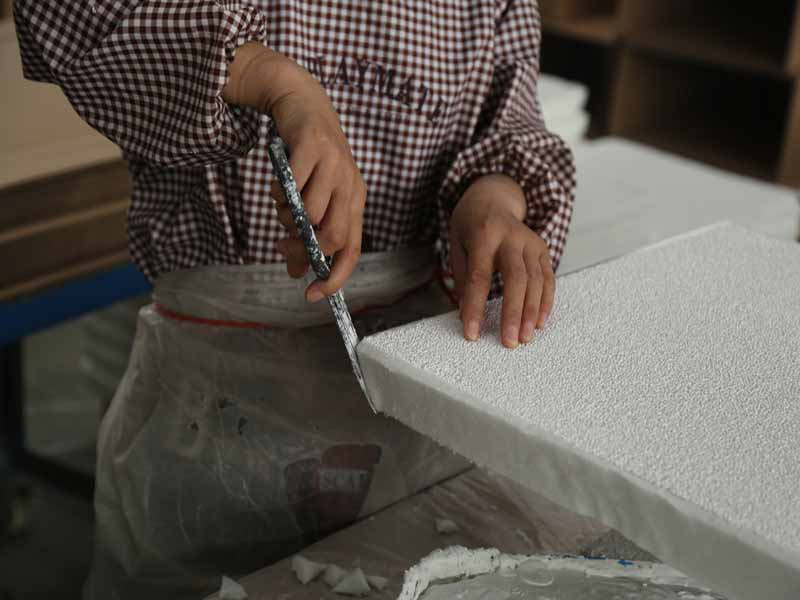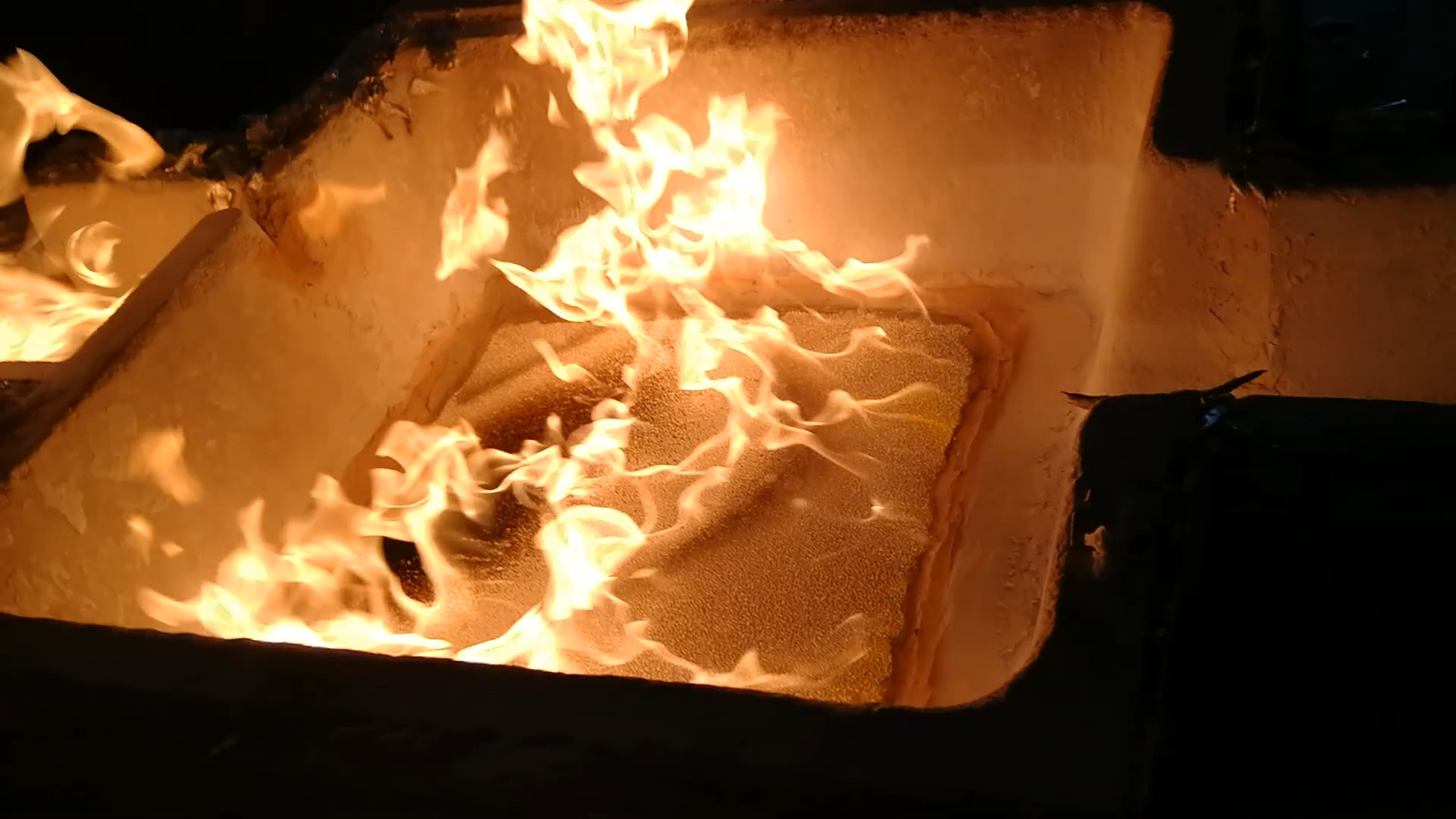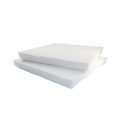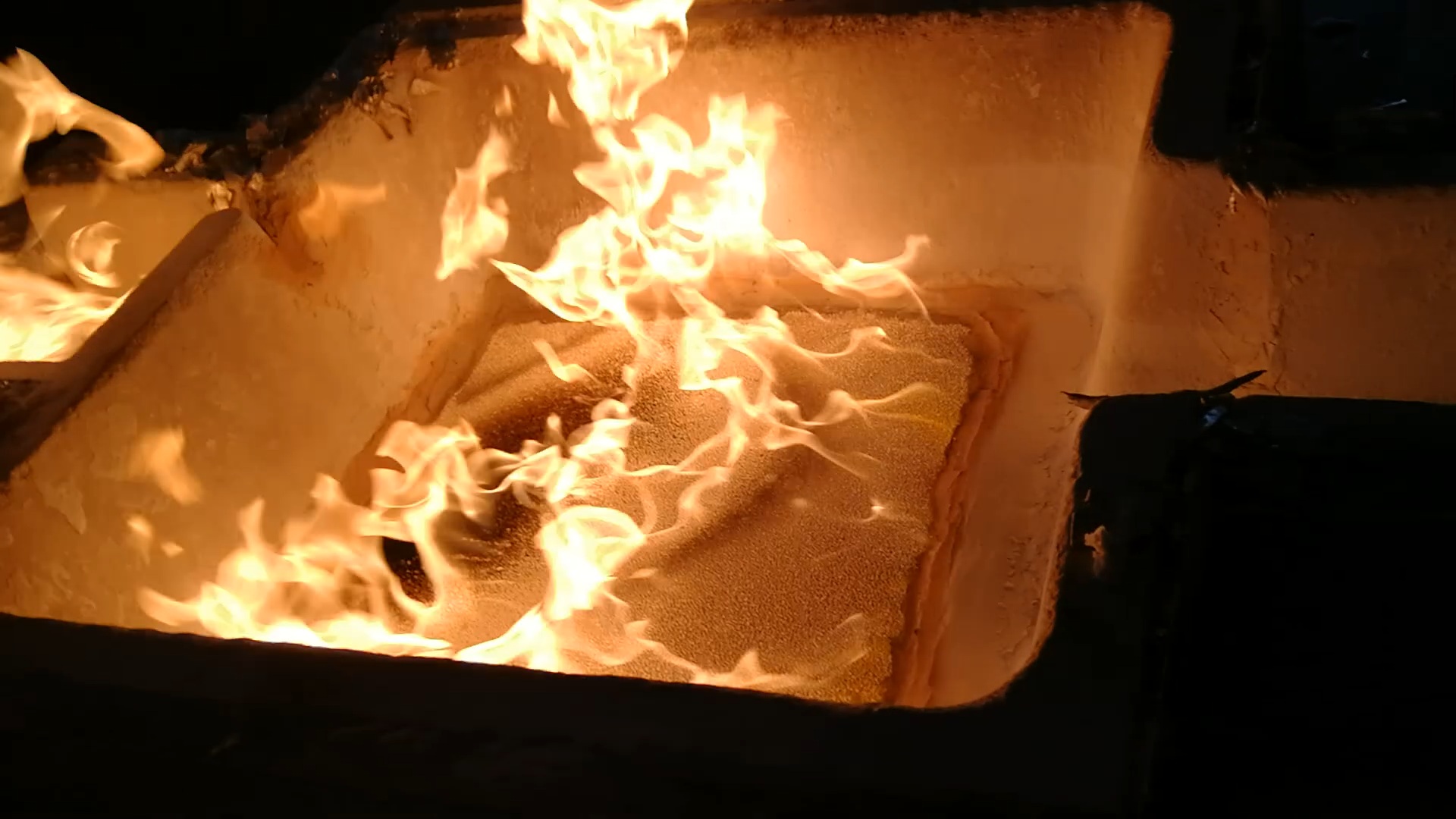Ceramic Filters Malaysia explains the mechanism and usage suggestions of foam ceramics for casting
Filtration mechanism of ceramic foam filter
The ceramic foam filter separates the inclusions in the liquid casting alloy through three physical and chemical effects on the molten metal, so as to achieve the effect of purifying the molten metal.
Filter cake effect
The complex foam ceramic structure can effectively block slag mechanically.
When the molten metal passes through the ceramic foam filter with complex structure, the filter medium filters out the inclusions larger than the pore size of the filter surface through mechanical separation, and makes them precipitate on the inflow end of the filter liquid metal.
As the number of inclusions on the surface of the filter increases, a layer of “filter cake” will gradually form, which will further narrow the flow channel of the molten metal. Therefore, the surface of the new filter medium can filter out finer inclusions.
The inside of the medium also has a filtering effect. Among the many small holes that penetrate the ceramic body, some show tiny slits, and some have dead corners. These different areas of change are possible positions for intercepting inclusions, and there are also “filters” inside the filter. “Pie” effect.
Surface effect
When the molten metal flows through the ceramic filter with a complex structure, it is divided into many small streams, which increases the contact area and contact probability of the inclusions in the molten metal and the filter medium.
Because the surface of the filter is extremely small concave and convex, the size of the concave block is about 1~10um, which has electrostatic adsorption and adhesion interception effects on inclusions.
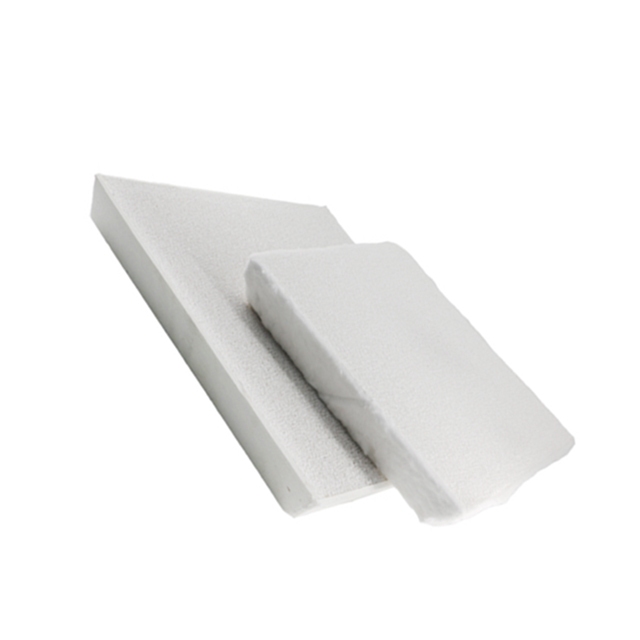
Rectification effect
When the molten metal flows through the ceramic foam filter, it is divided into many small unit streams, the diameter of which is small, so that the Reynolds number becomes smaller, and the liquid flow tends to be laminar.
When the molten metal is in a laminar flow state, because the density of the molten metal is much greater than the density of the inclusions, the inclusions have sufficient time to float up and remove, that is, the foam ceramic filter can assist the runner to stop the slag.
After the filter is placed in the gating system, the resistance to the flow of the molten metal increases. The molten metal flowing in the runner is easy to form a full motion, and the flow rate is reduced, which is conducive to the floating of inclusions and staying on the top surface of the runner.
Recommendations for the use of Ceramic Filters Malaysia
1. According to the melting point of the alloy, select the filter of the appropriate material to avoid excessive temperature, damage the function of the filter and fail to achieve the filtering effect.
2. Select the corresponding mesh, and the purification effect should match the casting requirements.
3. Try to use the upper limit of the casting temperature to increase the fluidity of the metal.
4. When the filter is placed horizontally under the mouth cup or parting surface, the casting height should not exceed 20cm. It is best to flush the metal liquid on the mouth cup wall, not directly to the filter.
5. The filter must be handled gently. When not in use, place it in a dry and ventilated place to avoid moisture absorption affecting the strength of the filter.

